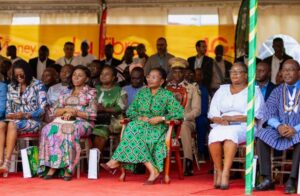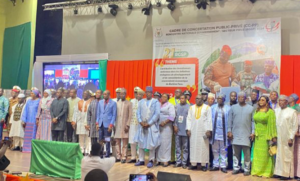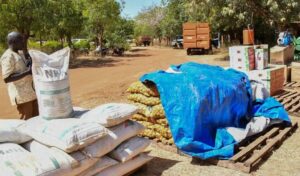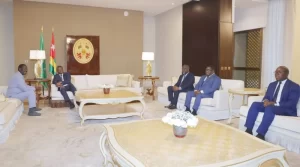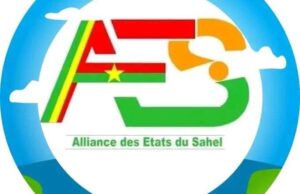ECOWAS: BIDC facing the challenges of financing the regional economy
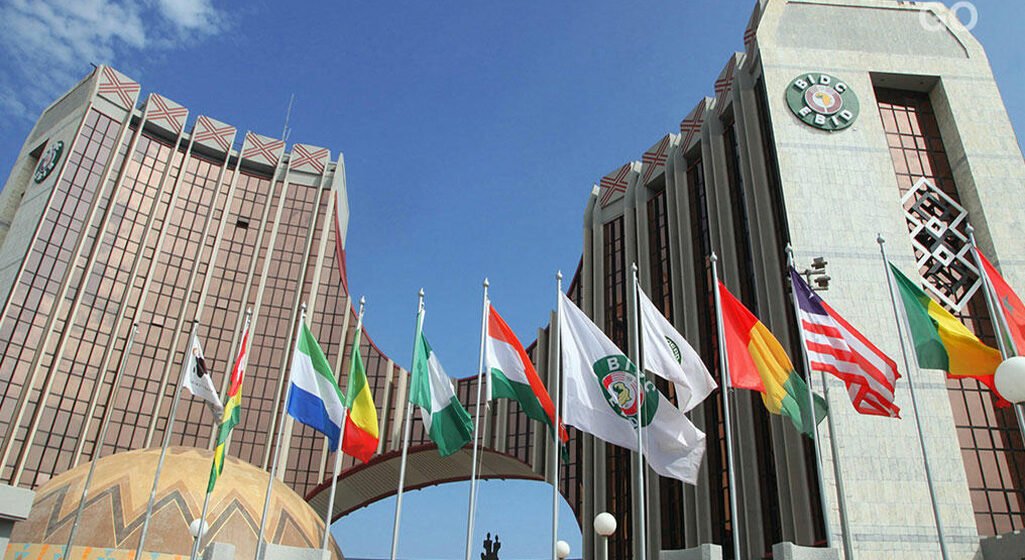
The BIDC has set itself a challenge to inject $1.76 billion into ECOWAS economies, according to statements by its President Dr George AgyeKum Donkor. «The Bank will work to consolidate the 2022 achievements in 2023… even in adverse conditions, as we did in 2021 and 2022. We recognize the challenges in our sub-region».
While several ECOWAS countries have been isolated from international financial markets since 2022, and others face near-prohibitive internal financing costs, multilateral Development Finance Institutions such as BADEA, the IDB, BOAD and BIDC find themselves in a context where they must play their role more than ever. For ECOWAS, in particular, the BIDC is determined to fully assume its role in this complex financial context.
From mobilizing new resources, to diversifying partners, innovations, increasing capital, recovering dormant capital… The Lomé-based Development and Investment Bank is stepping up its activities. Moreover, by 2025, according to its strategic plan, it must mobilize US$1.48 billion in new resources of all types to finance the growing needs of a sub-region disrupted by external and internal crises.
Last year, BIDC increased its capital. In October, its authorized capital increased from $1.5 billion to $3.75 billion, with the call for a third tranche of capital of $460 million, aimed at significantly increasing the Bank’s ability to operate in Member States.
This capital increase is part of a broader strategy, reinforced in March 2022, when BIDC secured a $70 million loan facility from Mashreq Bank for a five-year term. It also acquired a $100 million line of credit from India Exim Bank. «Several other sources of funding are in the pipeline», say BIDC sources.


